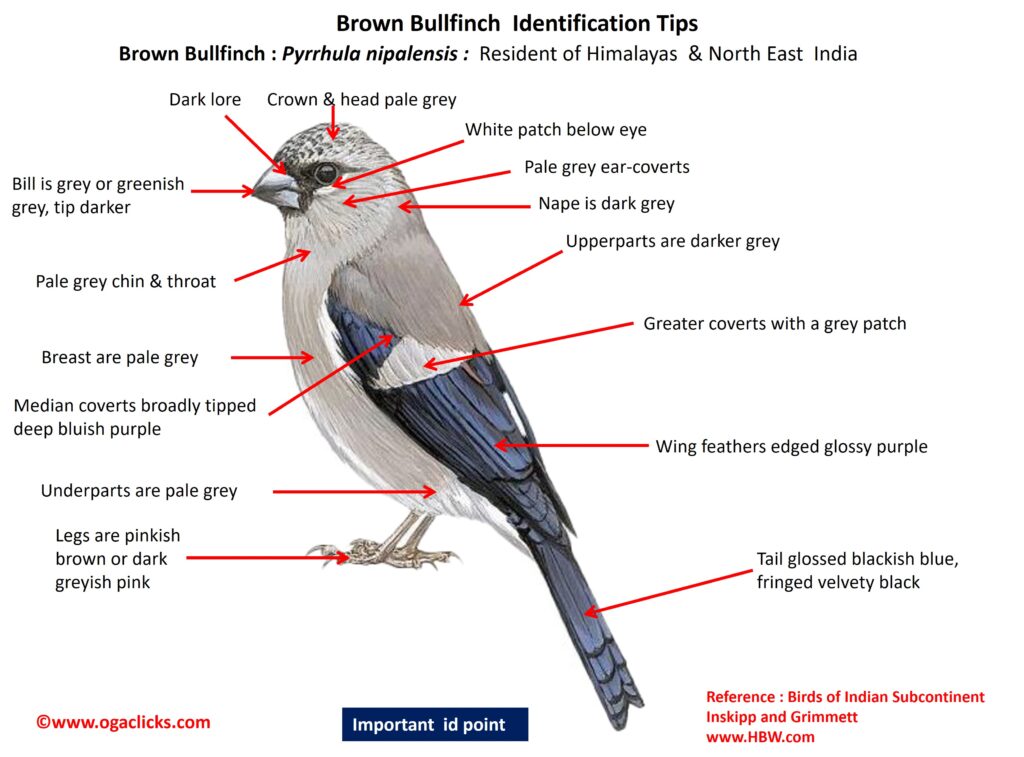
Aberrant Bush Warbler Cettia flavolivacea
Etymology:
- Cettia : Named after Cetti’s warbler, which itself isnamed after the Italian zoologist Francesco Cetti
- Flavolivacea : Latin word flavus – yellow; olivaceus – olive-green.
Sub species
- f. stresemanni– Named after Prof. Erwin Friedrich Theodor Stresemann (1889-1972) German ornithologist
- f. alexanderi Horace Gundry Alexander (1889-1989) British ornithologist
Vernacular Names: Lepcha: Phoo-ching-pho
Distribution in India:
- Nominate- Resident of Himalayas from North Central India (East of Himachal Pradesh and Uttarakhand)
- f. stresemanni– Resident of Garo and Khasi Hills, in North East India (Meghalaya).
- f. alexanderi – Resident of hills of extreme North East India (East Nagaland, Manipur and Mizoram).
Description: Size of 12–13·5 cm; wt. of 6–10 g. It is a medium-sized bush-warbler with short, rounded wings. The nominate race is yellowish olive-green above, with pale yellowish supercilium, narrow whitish eyering, dark eyestripe; buffish or olive-yellow below, darker olive on breast and flanks, variable, some paler or whiter on throat and upper breast, other with dull olive-yellow belly to undertail-coverts. The iris is dark; bill is dark horn-brown, pale pink at base of lower mandible; legs are yellow to dusky pinkish-brown. Both the sexes are alike. The juvenile is similar to adult, but has uniform buffish-yellow underparts. Race stresemanni is darker, more greyish olive, above than nominate, greenish yellow below except greyish flanks; alexanderi has olive-brown upperparts but darker olive-buff below than nominate, with buffish breast and flanks.
Habitat: It is found in bushes, tall grass clumps, dense bamboo thickets, ferns and scrub undergrowth in forest clearings and edges, including those of pine, rhododendron and oak forests. It breeds from 2400m –3950 m. In non-breeding season it is found in foothills, lowlands and valleys from 700m –2700 m.
Food Habits: It eats invertebrates and larvae, spiders, beetles, snails and ants. It is found alone or in pairs. It forages in low, dense vegetation. It is shy, secretive; spends long periods skulking in thick vegetation. It has a distinctive habit of almost continually flicking wings and giving grating call when alarmed; often holds tail slightly raised.
Breeding habits: They breed in May–Aug. The nest is a ball of dry grass, bamboo leaves and feathers, placed on ground or low down in clump of tall grass. They lay a clutch of 3–4 eggs.